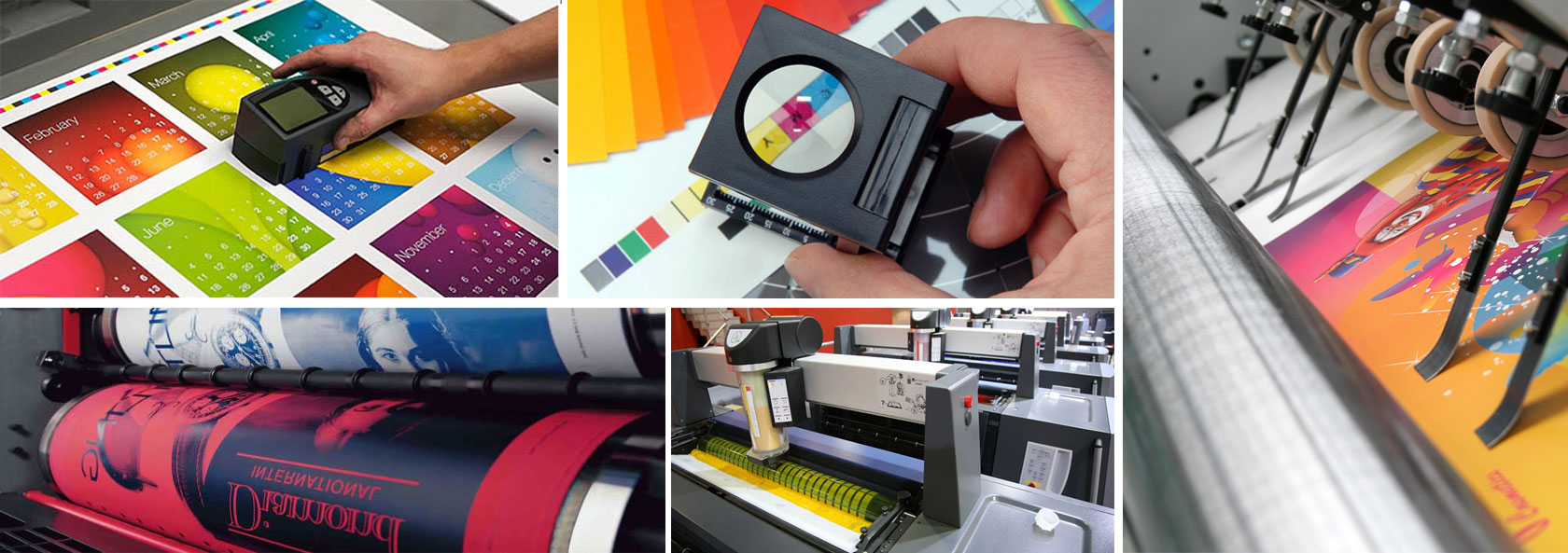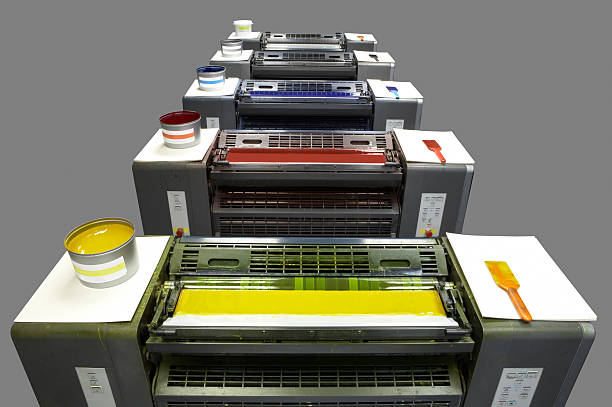litho printing for Magazines, Flyers, and Brochures
litho printing for Magazines, Flyers, and Brochures
Blog Article
A Comprehensive Guide to Recognizing Litho Printing Strategies
The globe of litho printing, a method stemming from the late 18th century, is a fascinating mix of background, art, development and science. This detailed guide will certainly untangle the intricacies of this printing method, from the make-up of litho inks to the difficulties faced in modern applications. As we venture into the intricacies of lithography, the value of automation and sustainability in guaranteeing its future significance comes to be increasingly clear. Remain with us as we trip right into the exciting realm of litho printing.
The Historic Development of Litho Printing
The historical trajectory of litho printing, a crucial development in the world of communication, is a captivating tale of human ingenuity. Birthed in the late 18th century by Alois Senefelder, this strategy was initially an affordable method of releasing theatrical works. Lithography, originated from the Greek words for 'stone' and 'to compose', utilized a smooth rock surface to transfer photos onto paper. The procedure evolved with the advent of the rotating press, which substantially increased efficiency (litho printing). In the 20th century, the development of balanced out lithography revolutionized the market, enabling mass production of high-quality prints. Each stage of litho printing's evolution showcases humankind's ruthless quest of performance and high quality in aesthetic communication.
Deciphering the Science Behind Litho Printing Inks
Moving on in the expedition of litho printing strategies, the emphasis now changes to the science behind litho printing inks. The composition of these inks, their drying procedure, and color mixing strategies develop the backbone of this intricate art type. Understanding these components is important to mastering the craft and attaining the desired print results.
Make-up of Litho Inks
In lithographic printing, the basic role of litho inks can not be overemphasized. Pigments, the color-providing components, are carefully ground particles put on hold in the automobile, a liquid that lugs the pigment onto the printing surface. Each part plays a crucial part in the final print's quality, making the exact solution of litho inks an intricate science.
Ink Drying Process
From the make-up of litho inks, focus turns to the fascinating procedure of ink drying out. The drying process is essential, as it influences the last print's high quality and long life. 2 key techniques are used in litho printing: oxidative drying and absorption. Oxidative drying out involves the ink responding with oxygen in the air to develop a hard, dry film. This technique gives a resilient coating, but can be slower compared to absorption. Absorption, on the various other hand, involves the ink seeping into the paper fibers, which is a quicker procedure however can cause less vibrant shades. The selection between these approaches depends on aspects such as print rate needs, the paper type made use of, and the wanted surface.
Shade Combining Techniques
While the drying out procedure plays an a knockout post essential role in litho printing, the scientific research of shade mixing techniques holds equivalent relevance. The science behind litho printing inks likewise takes right into account the openness of the ink, which influences exactly how shades overlay and mix.
The Art and Layout Aspects in Litho Printing
Litho printing takes a breath life right into art and style with its distinct i thought about this elements. Litho printing accommodates a selection of colors, allowing artists to produce dynamic and lively prints. This combination of accuracy and convenience makes litho printing a preferred selection for numerous musicians and developers.
Modern Applications of Litho Printing Methods
Litho printing strategies have actually discovered comprehensive use in the modern-day commercial market. Its impact and value proceed to expand with the development of new technologies and technologies in the area. This section will check out these contemporary applications and the transformative function they play in the printing industry.
Commercial Litho Printing Uses
Litho printing stays a critical part of the industrial field. High-volume printing tasks, such as the manufacturing of publications, papers, and product packaging, depend on litho printing for its capacity to deliver superior image high quality and expense performance. Litho printing likewise provides a wide shade spectrum, exceptional to that of electronic printing.
Advancements in Litho Printing
Pushing the limits of conventional methods, modern-day developments have sustained a host of innovations in litho printing. One popular development is electronic litho printing, which integrates the virtues of digital innovation with litho's top quality outcome. These developments underscore the enduring relevance of litho printing in the modern world.
Exploring the Process of Litho Printing: Detailed

Challenges and Solutions in Contemporary Litho Printing

Regardless of the precision and tradition that litho printing proudly maintains, it is not without its collection of modern challenges. Digital litho printing permits for cost-effective short runs and easy customization, dealing with the issue of variable information. Hence, while there are difficulties, the litho printing industry is proactively adapting to fulfill them head-on, ensuring its relevance in the future.
Final thought
To conclude, litho printing, with its rich background and clinical intricacies, holds a significant location in the print industry. As the overview reveals, it's a synthesis of art and innovation, with modern-day advancements guaranteeing its significance. Nonetheless, the market encounters obstacles that require ingenious solutions, with a concentrate on automation and sustainability. The future of litho printing hinges on its capability to adapt to these changing demands, verifying its long-lasting value in an advancing market.

Report this page